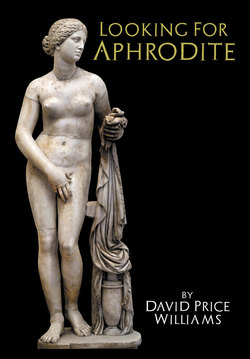Читать книгу Looking for Aphrodite - David Price Williams - Страница 45
ОглавлениеClassical times the citizens of Rhodes built the famous Colossus overlooking the harbour – another of the Seven Wonders - to celebrate the liberation of their city in 305 BC. Many centuries later the Island became the fiefdom of the Crusader Knights.
Due south in the distance is the spine of Tilos, once home to pygmy elephants, long since extinct. Extinct too is the volcano of Nisyros to the south west, with its associated islets of volcanic ash forming a vast collapsed caldera which must once have dominated the southern Aegean. It exploded catastrophically some 25,000 years ago, when huge flaming clouds of ash must have blown many miles into the Stone Age sky, flinging pulverised ash and debris over a vast area. Nisyrian pumice can be found all over the northern tip of Tilos, the southern part of Kos and even on the mainland in the eastern part of Knidos.
Above the crater of Nisyros, wispy fumaroles are now and again still to be seen. From the Knidian Acropolis on a clear day you can just make out the tiny white houses of the village of Nikia set dramatically on the rim of the crater. The last major eruption was in 1888, but according to legend continuing rumblings are the groans of the giant Polyvotis, who was crushed when Poseidon threw a huge lump of rock wrenched from the island of Kos at him, a comforting tale for the olive farmers of the island.
And here atop the Knidian Acropolis the garrison of the demes of the city had once fortified their walls and towers with tens of thousands of local marble and conglomerate blocks, each one weighing up to a ton or more. Laboriously drilled and chiselled from the unyielding rock faces of the quarries overlooking the city’s eastern gateway, they must have been dragged in an endless procession, one by one, for perhaps a decade. Arduously lifted in place they were formed into a last redoubt against an enemy who seemingly never arrived. We lie back in the sunshine on the springing turf and muse at the folly of Man.
37
